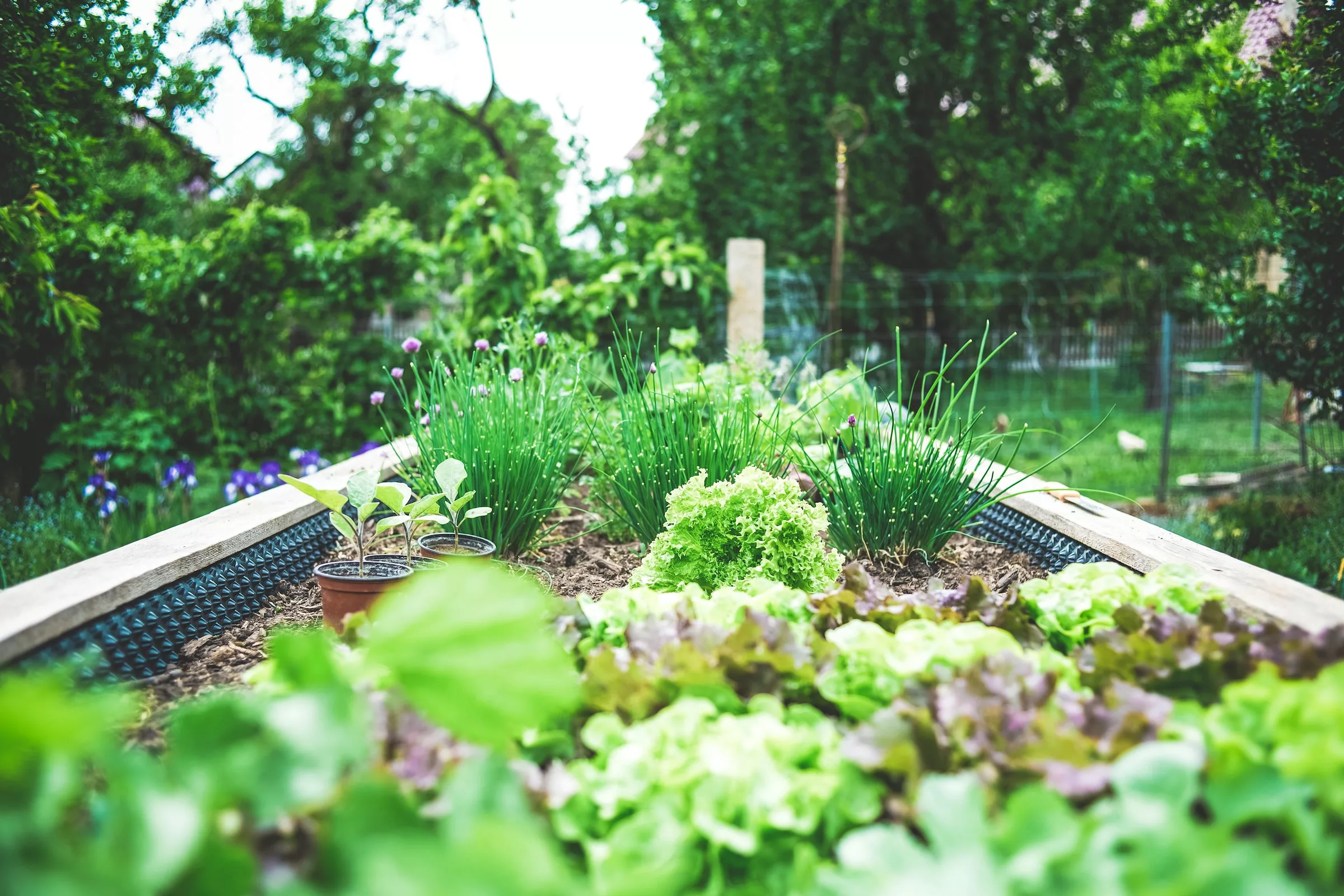Raised Bed Gardening for Beginners: A Comprehensive Guide to Growing a Thriving Backyard Vegetable Garden
Raised bed gardening is an excellent choice for casual backyard gardeners looking to grow their own vegetables. Offering numerous benefits, such as improved soil conditions, better drainage, and easier maintenance, raised beds can help you create a thriving, productive garden even in small spaces. In this guide, we will explore the basics of raised bed gardening for beginners, providing you with the knowledge and tools necessary to get started.
What is Raised Bed Gardening?
Raised bed gardening involves growing plants in elevated, contained soil beds. These beds are typically made from wood, metal, or other materials and are filled with a mixture of soil, compost, and other organic material. Raised beds offer several advantages over traditional in-ground gardening, including improved drainage, fewer weeds, and easier access for planting and harvesting.
Benefits of Raised Bed Gardening for Casual Gardeners
- Improved soil conditions: Raised beds allow you to create the ideal soil mixture for your plants, resulting in healthier, more productive crops.
- Better drainage: The elevated design of raised beds ensures that excess water drains away from plant roots, reducing the risk of diseases and promoting healthier growth.
- Fewer weeds: The contained nature of raised beds helps to prevent weed growth, making maintenance easier and less time-consuming.
- Accessibility: Raised beds are easier to access for planting, harvesting, and tending to your plants, reducing the need for bending or kneeling.
- Space efficiency: Raised bed gardens can be designed to fit in small spaces, making them perfect for urban or suburban gardeners with limited room.
How to Create a Raised Bed Garden
- Choose a location: Select a spot in your backyard that receives at least 6-8 hours of sunlight per day. Ensure that the area has good drainage and is free from obstructions, such as tree roots or large rocks.
- Select the materials: Choose materials for your raised bed frame, such as untreated wood, galvanized metal, or composite materials. Avoid using treated wood, as it may leach harmful chemicals into the soil.
- Build the frame: Construct your raised bed frame according to your desired dimensions. Typical raised beds are 4 feet wide and 8 feet long, with a height of at least 12 inches. Ensure that the frame is level and secure.
- Prepare the soil: Fill your raised bed with a mixture of topsoil, compost, and other organic material. This will provide your plants with the necessary nutrients and ensure proper drainage.
- Choose your plants: Select vegetables that are well-suited to your climate and the available space in your raised bed. Consider crop rotation and companion planting to promote a healthy, diverse garden ecosystem.
- Plant your crops: Follow the recommended spacing and planting guidelines for each vegetable variety. Ensure that your plants receive adequate water and nutrients throughout the growing season.
Tips for Maintaining a Raised Bed Vegetable Garden
- Watering: Raised beds tend to dry out more quickly than in-ground gardens, so make sure to water your plants consistently. Use a soaker hose or drip irrigation system to provide a slow, steady supply of water without over-saturating the soil.
- Fertilizing: Apply organic fertilizers, such as compost or well-aged manure, to provide your plants with the necessary nutrients for healthy growth. Avoid over-fertilizing, as this can lead to excessive foliage growth and reduced fruit production.
- Weed control: Regularly inspect your raised beds for weeds and remove them by hand or with a hoe. Mulching your beds can help to suppress weed growth and retain moisture in the soil.
- Pest management: Keep an eye out for pests and diseases that may affect your plants. Utilize organic pest control methods, such as introducing beneficial insects or using homemade remedies, to keep your garden healthy and chemical-free.
By following these steps and tips, you can create a flourishing raised bed vegetable garden that is both productive and enjoyable for casual backyard gardeners. Embrace the satisfaction of growing your own fresh, delicious vegetables and savor the rewards of your hard work in the kitchen and at the dinner table.
Join Our Gardening Newsletter for More Tips
If you enjoyed reading this, don’t hesitate to subscribe to our newsletter for a wealth of gardening knowledge and insights. Stay up-to-date on the latest gardening trends, tips, and know-how, and make your green thumb even greener.



